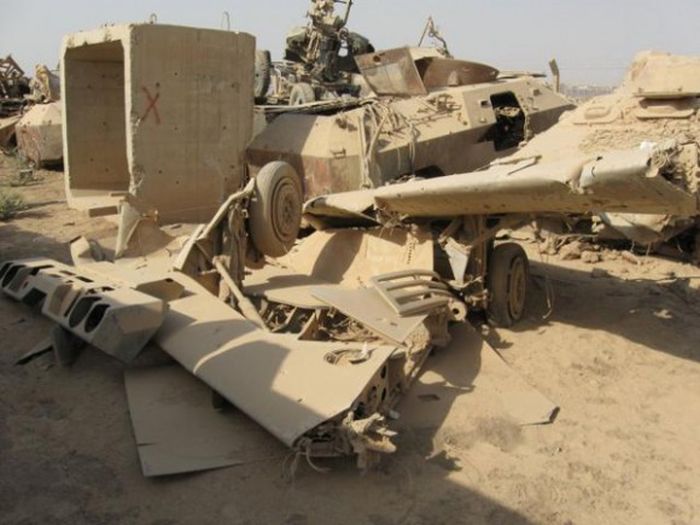More than a third of all injuries sustained by U.S. military troops in Iraq and Afghanistan are sustained in non-battlefield conditions a recent DOD study found. By far, the most prevalent type of non-battle injuries consisted of falls or vehicle crashes. And they also accounted for about 10 percent of the deaths of troops there.
Researchers examined data on almost 30,000 casualties from 2003 to 2014 in the Department of Defense Trauma Registry, including cases that happened both on and off the battlefield. Overall, roughly half of these injuries were caused by explosives, and another 15 percent were from gunshot wounds.
But overall, about 34 percent of injuries were not sustained in battle. Injuries off the battlefield often involved motor vehicle crashes; other incidents involved operating machinery or playing sports, the study also found.
“It was clear from my own experience as a physician deployed to Afghanistan in 2011 that the deployed environment presents a significant risk of injury due to accidents and mishaps,” said senior study author Dr. Kevin Akers, a lieutenant colonel at the U.S. Army Institute of Surgical Research at Fort Sam Houston in Texas.
Non-battle injuries were most common in the Air Force, accounting for 67 percent of cases, followed by the Navy at 48 percent, the Army at 35 percent, and the Marine Corps at 26 percent, researchers report in JAMA Surgery.
Falls were the most common cause of non-battle injuries, accounting for 21 percent of cases, followed by car crashes at 19 percent and heavy machinery or equipment accidents at 13 percent, researchers report in JAMA Surgery.
Another 11 percent of injuries off the battlefield were from blunt trauma, and sports and gunshot wounds each accounted for another 7 percent of cases.
Many military troops are working under adverse conditions such as weather-related wind, rain or dust storms as mission-critical tasks have to be completed. And they also have to deal with less-than-ideal roads and local infrastructure in many cases. This coupled with the fatigue factor and combat environmental stress can lead to accidents on Air Force Colonel explained.
To read the entire article from Reuters, click here:
Photo courtesy Wikipedia
